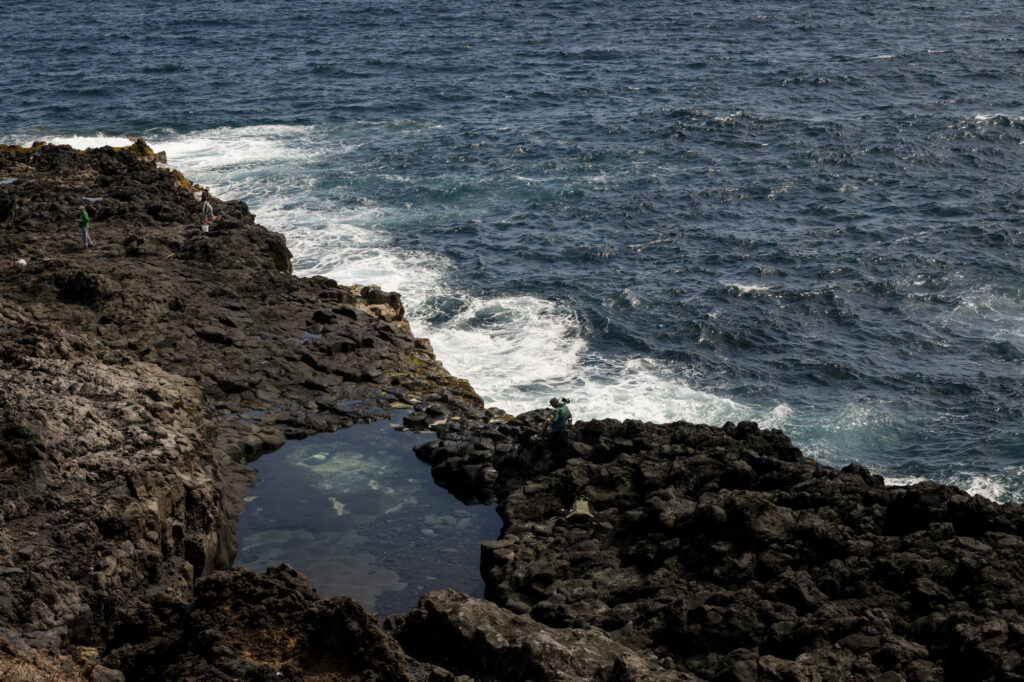Summer arrives, and with it, the rock pool season begins across Isla Baja. In July and August, the trade winds bring the panza de burro (donkey’s belly) cloud cover to this part of the island, shielding it from the heat and high temperatures, while the tides return black sand to the beaches, inviting us to enjoy a pleasant and refreshing summer unlike that of the island’s south.
Instead of white sand beaches, our volcanic coastlines offer a unique landscape dotted with rock pools and natural swimming areas, sheltered bays, and black sand or pebble beaches where we can cool off while enjoying the Atlantic Ocean.
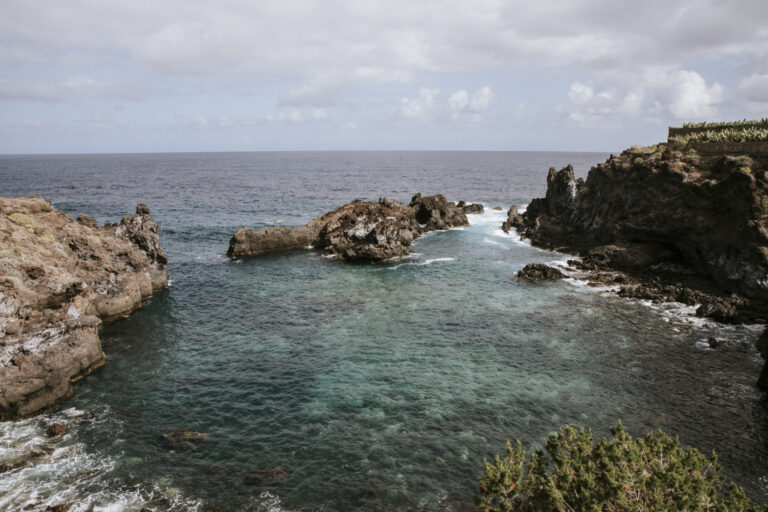
The coast of Isla Baja holds many surprises for those who dare to explore it. Today, we invite you to join us on a journey through some of our favorite spots to take a dip in Isla Baja.
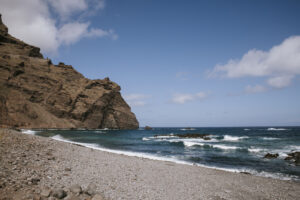
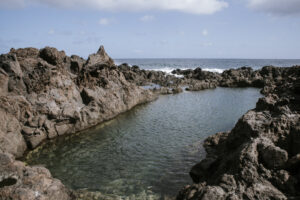
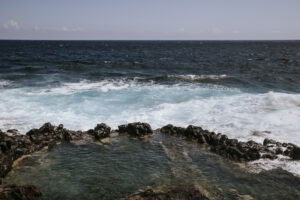
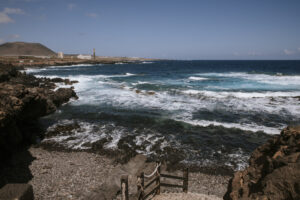
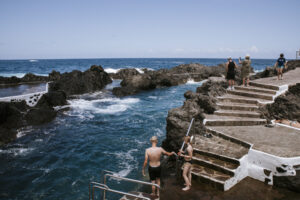
Buenavista del Norte
Charco de las Mujeres
We begin our journey in Buenavista del Norte. We search for Las Arenas Beach on our GPS and park at the far left end, to take the coastal path toward Playa del Fraile and Charco de las Mujeres.
This stretch of coast lets us enjoy various volcanic formations and sea access points, along with stunning views of the Punta del Fraile cliffs.
We stop at Charco de las Mujeres to cool off. It’s a natural pool protected from the waves by tongues of lava. The path leads us directly to its stone steps, inviting us to step into its crystal-clear waters.
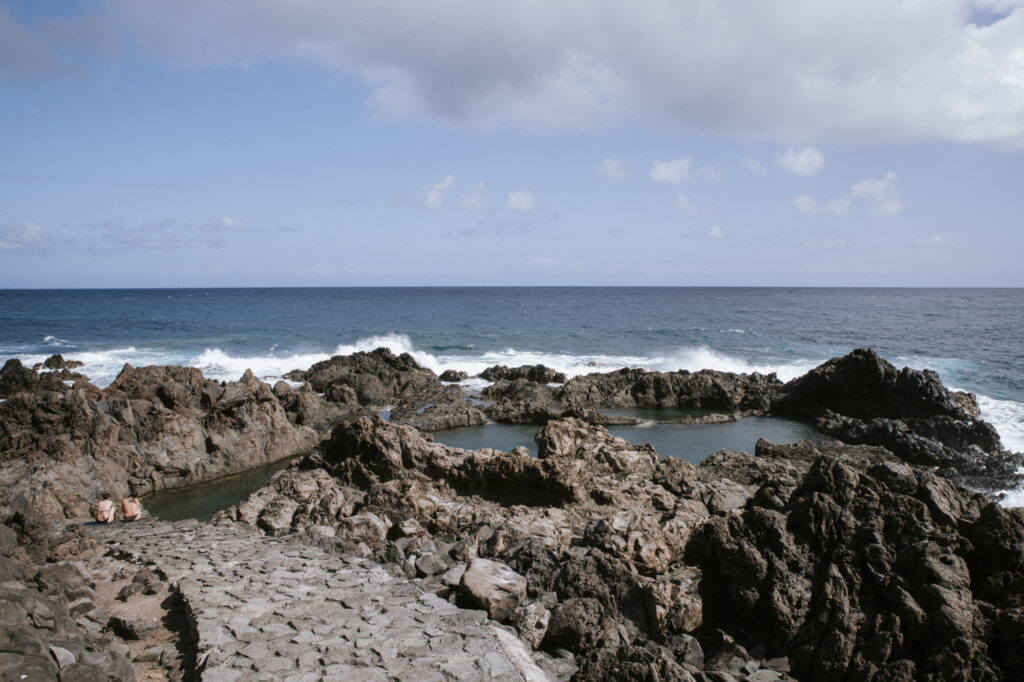
Playa del Fraile
We continue our walk along the trail nestled between banana plantations and the sea, enjoying the various access points to the water we encounter along the way and taking breaks on the benches scattered along the path to soak in the views.
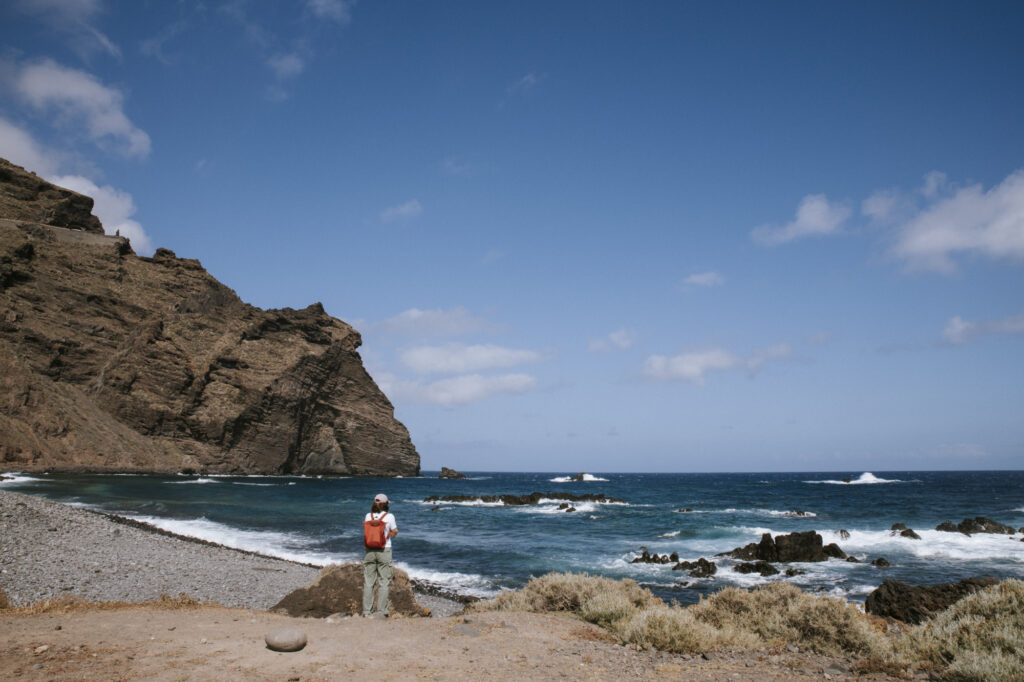
At the end of the trail, we reach Playa del Fraile — a spacious pebble beach located at the foot of the impressive Punta del Fraile cliff.
It’s a quiet and wild beach with no services, so caution is advised when swimming. If the sea is calm, you’re in for an unforgettable swim.
Playa de las Arenas
We retrace our steps back to the parking area at Playa de las Arenas and head toward the coast to explore it.
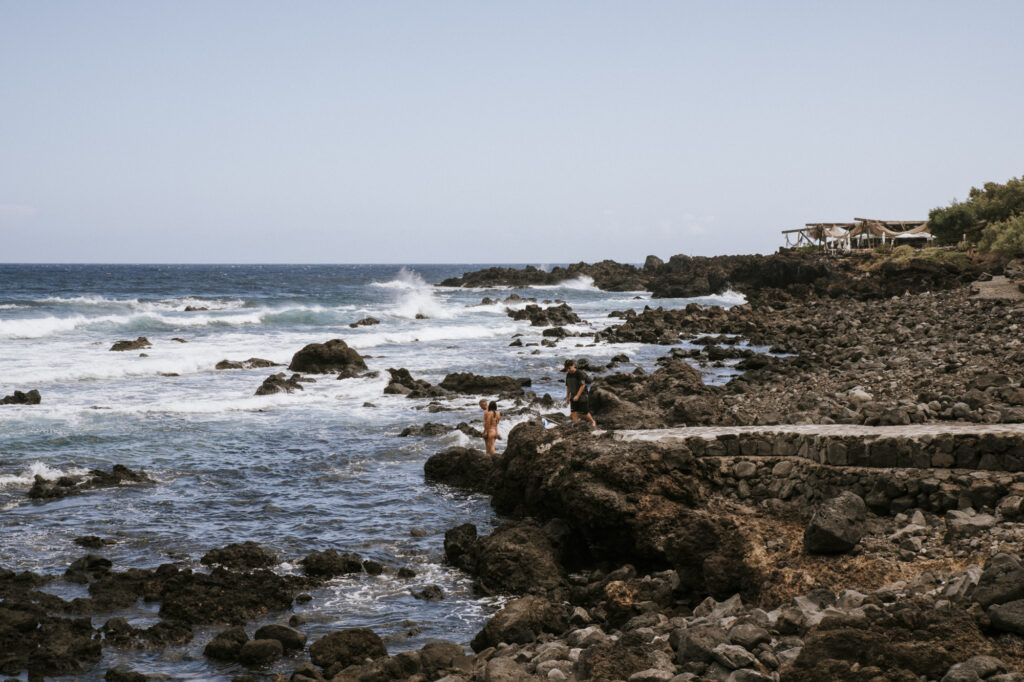
The beach, which in summer lives up to its name with its sandy shore, is surrounded by several bathing areas. Watch the locals before venturing in — this way, you’ll know which spots are the most suitable.
In the distance, you’ll see a structure with some hanging nets. Head towards it.
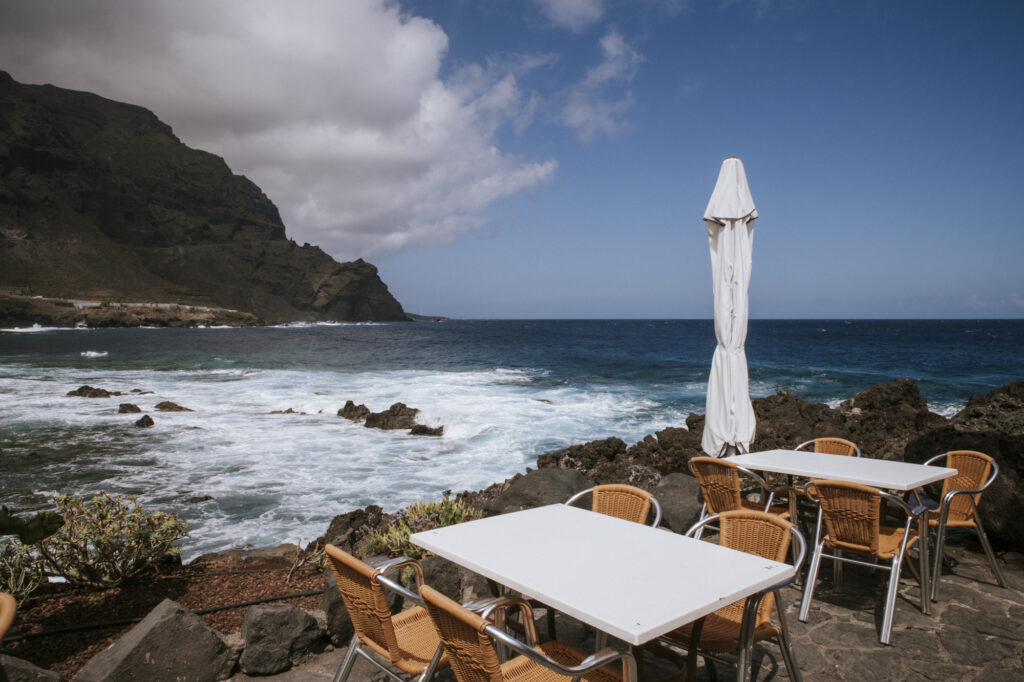
It’s El Burgado Restaurant, where you can enjoy fresh fish or a cold drink while taking in priceless views.
Los Silos
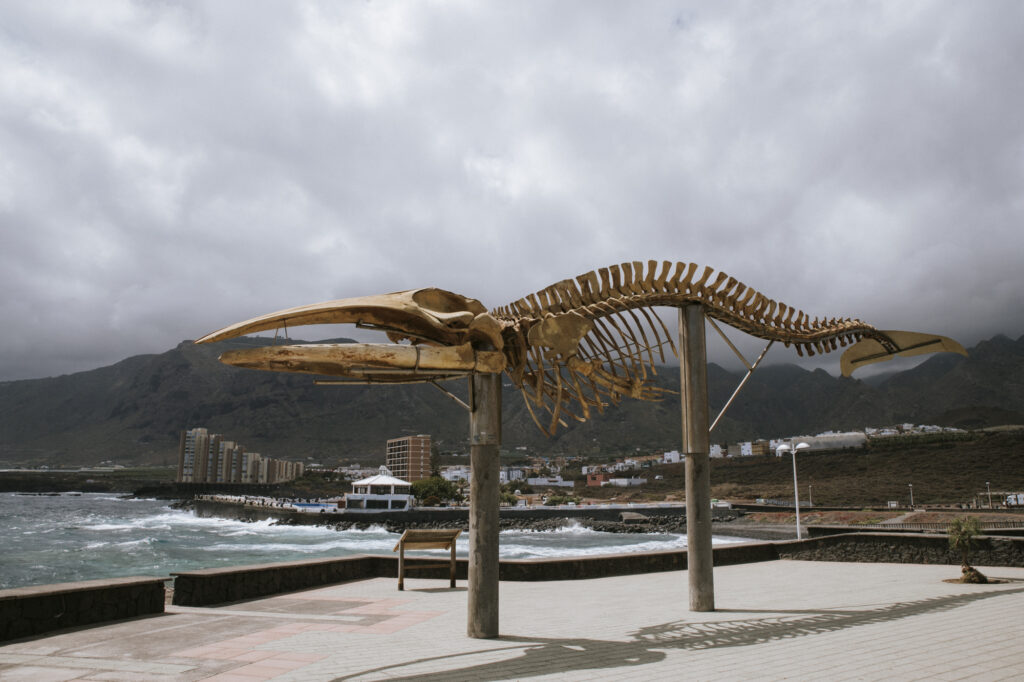
We leave Buenavista del Norte and head toward Sibora, one of the coastal areas of Los Silos.
To the left of Playa del Puertito, along the promenade, you’ll be surprised by a striking sculpture made from the skeleton of a sei whale — a great migratory whale that crosses the oceans each year from the cold Arctic waters to the warmer tropical zones to mate. A powerful reminder of the impact human activity has on ocean life.
Next to it, we find two popular bathing spots: Playa del Puertito and Charco de los Chochos. This coastline is also home to some of the most popular surfing spots in the area.
Charco de los Chochos
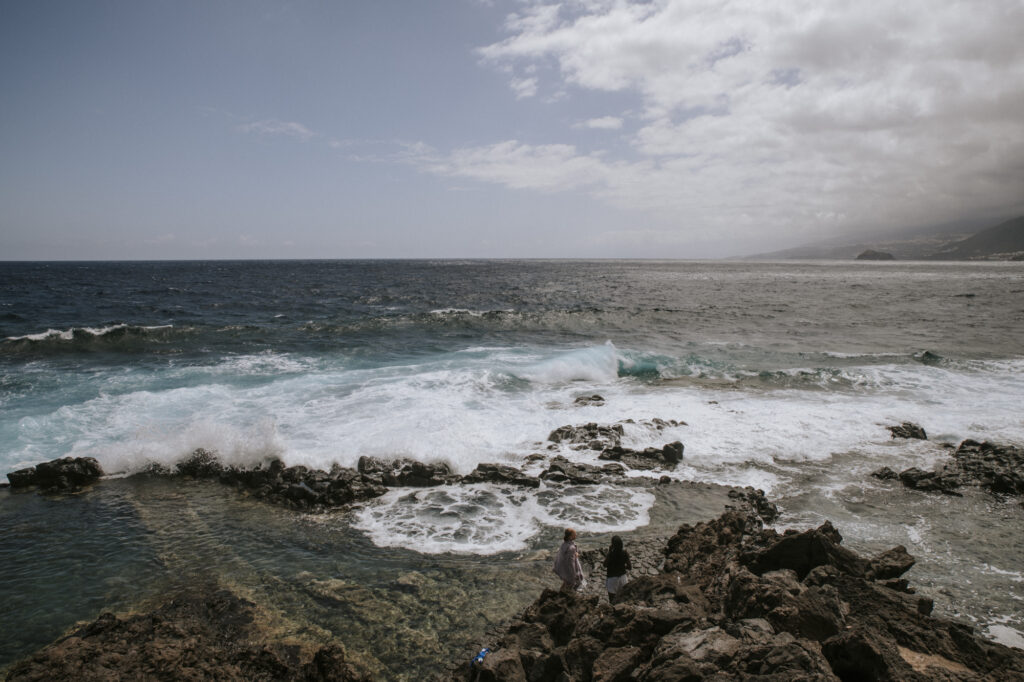

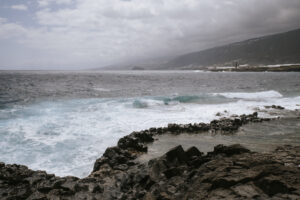
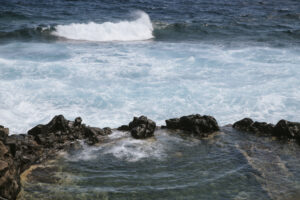
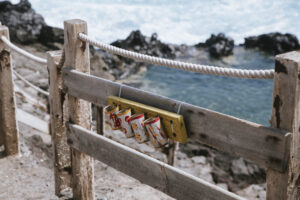
Charco de los Chochos is a natural pool separated from the ocean by a stone wall. In its deepest part, it reaches up to two meters. A stone staircase with a wooden handrail makes access easier.
Its name comes from the use farmers once gave it: salting chochos (lupins) with seawater.
From here, you can enjoy a swim with views of the Culata cliffs, Mount Teide on clear days, and the entire northern coast.
If you continue walking along the coast, you’ll come across some curious rock formations where natural salt flats form, and further ahead, you’ll reach Charco de Don Gabino.
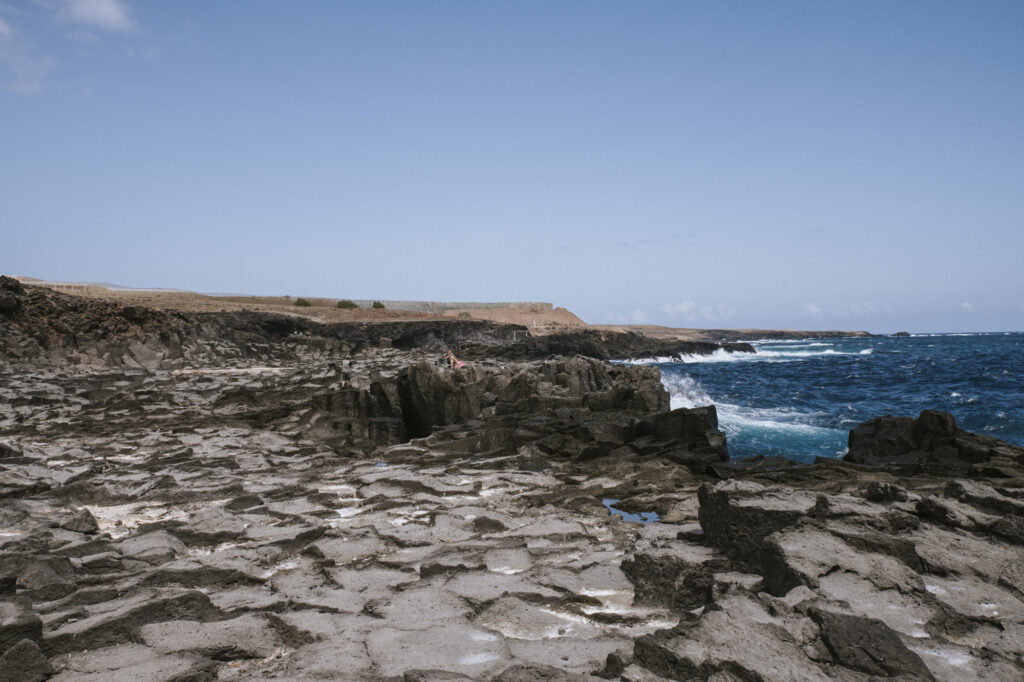
Playa de Agua Dulce
At the other end of this coastline, leaving behind the Sibora housing development, we take the road that follows the shoreline and connects this area with La Caleta de Interián, arriving at Playa de Agua Dulce. This beach gets its name from a freshwater spring that once existed on this coast.
It’s a popular beach that hides a bed of fine volcanic sand beneath the water. In summer, the tides bring the sand up to the shore, revealing the beach at its finest.
This beach is also very popular among surfers due to its waves.
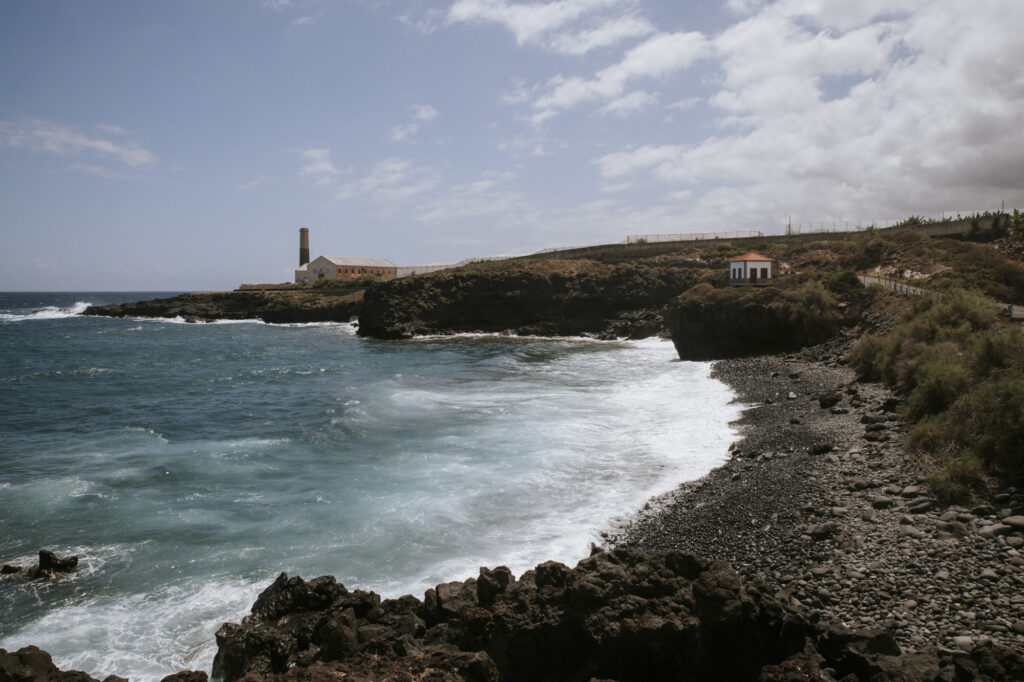
On the right side of the beach, you’ll see a small building — it’s the old telegraph hut.
Further ahead stands the stone chimney made of millstone and volcanic tuff, part of the former Daute sugar mill, founded in the late 19th century by the British company The Ycod & Daute Estate Company Limited.
After the First World War, banana cultivation definitively replaced sugarcane, and these facilities began to be used for banana packaging — a purpose they still serve today.
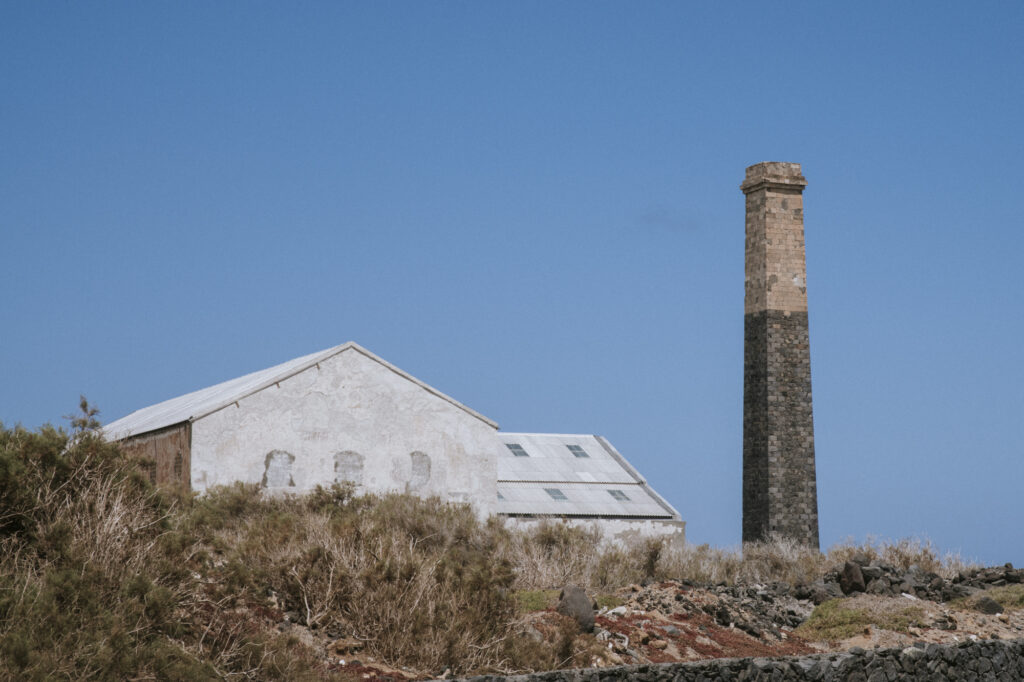
Playa Gomeros
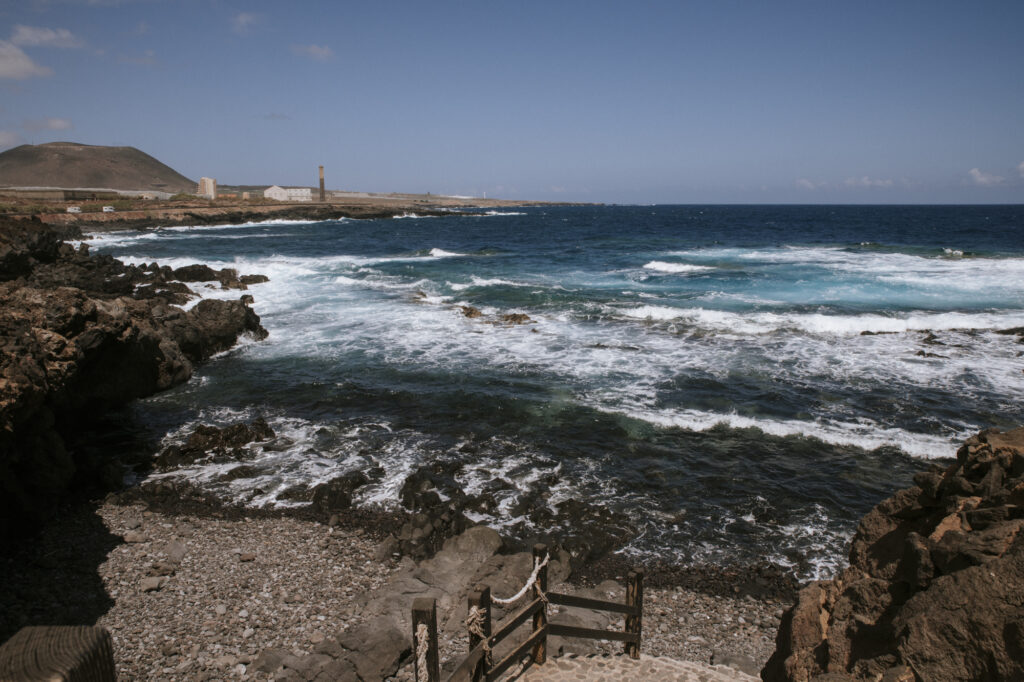
As we reach the town of La Caleta de Interián, we come across Playa Gomeros, which is accessed via a stone staircase. To its right, you’ll find another pebble cove.
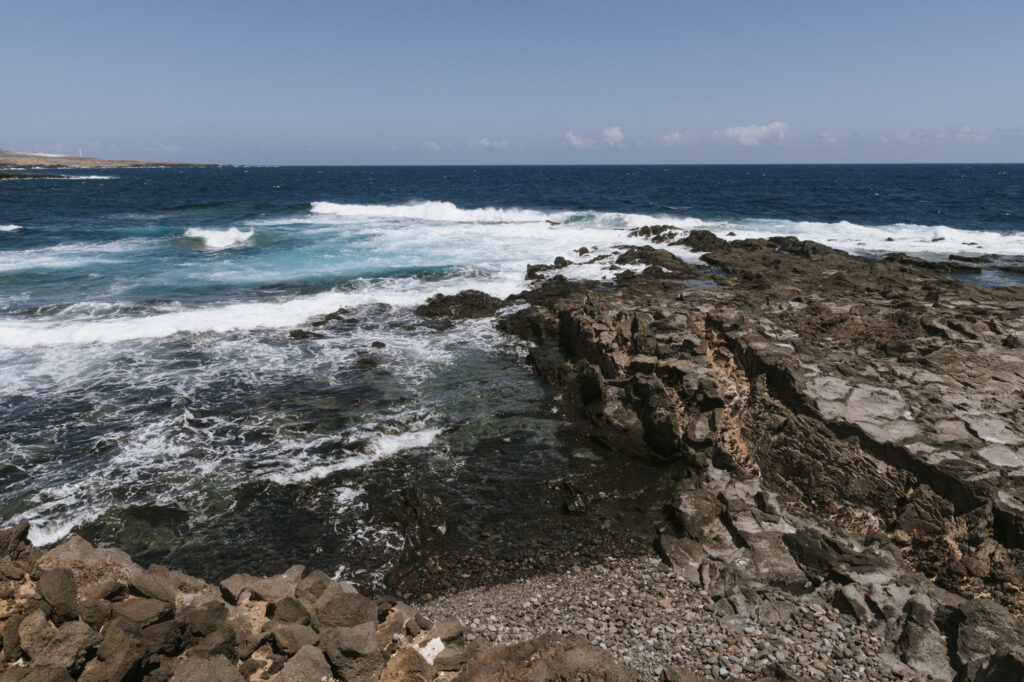
A cross on the rocks reminds us that we are on an open coastline, with wild beaches where the waves crash forcefully — so caution is advised when swimming.
Very close by is the Restaurant Mundial 82, one of our favorite places to enjoy fresh, quality fish.
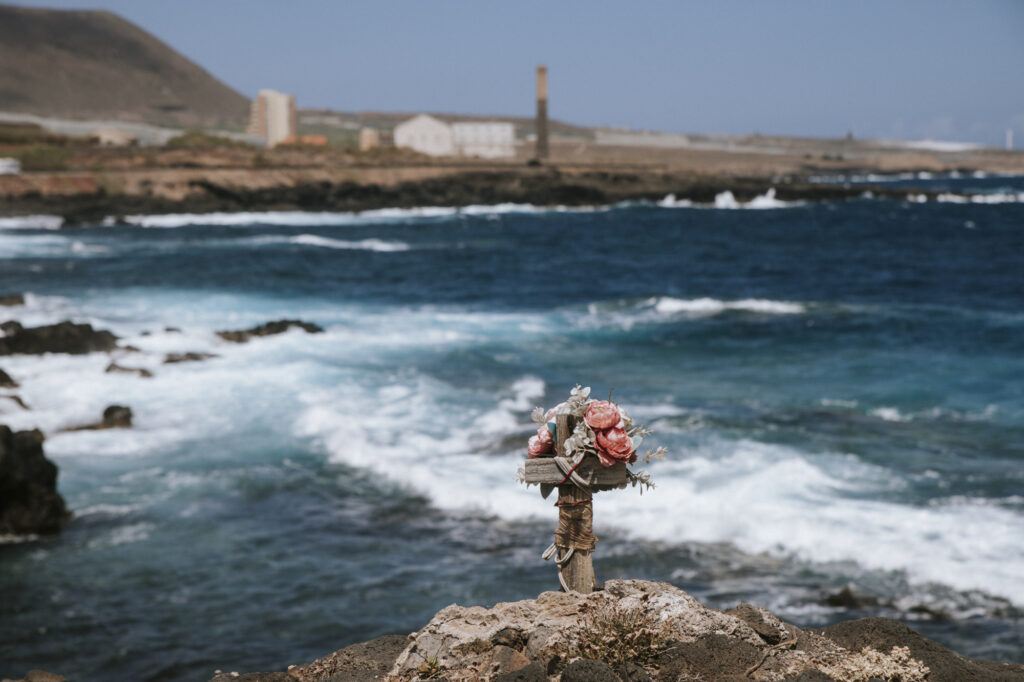
Playa de la Caleta
The neighborhood of La Caleta de Interián is divided between two municipalities: Los Silos and Garachico. Within the village, there is a pebble beach about 300 meters long, equipped with lifeguard services, showers, and changing rooms. It’s a popular spot among surfers due to its waves and is located next to a pedestrian promenade, perfect for enjoying a pleasant walk along the coast.
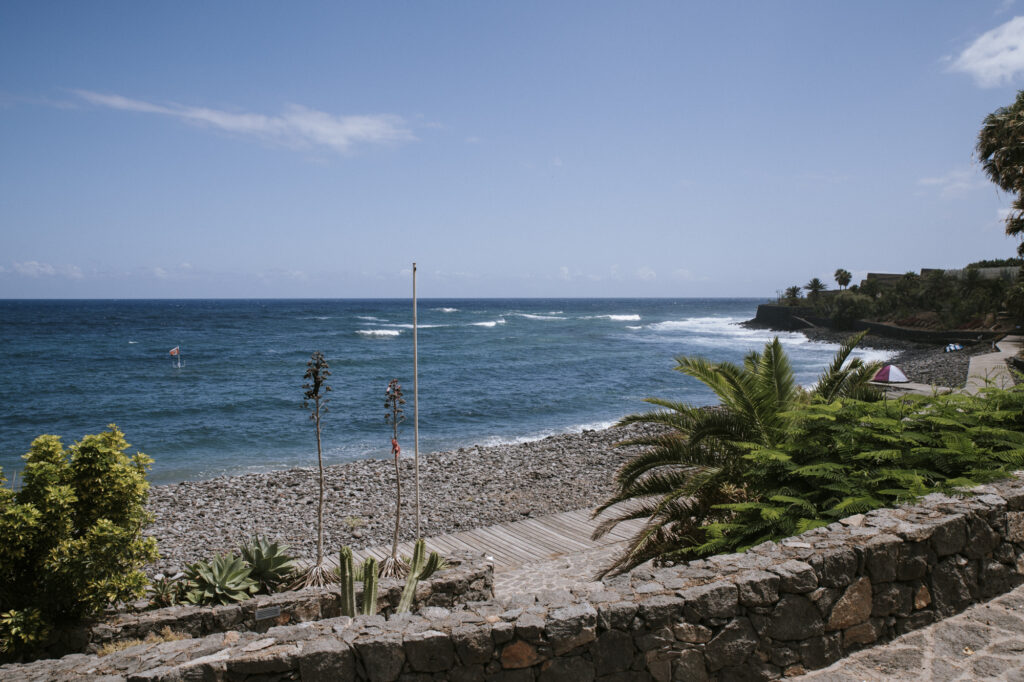
Garachico
We begin our swims in Garachico by driving to the coast of one of its neighborhoods, Las Cruces.
There, at the foot of the cemetery, we find a rock pool area known as El Gomero, a spot often visited by locals and also popular among fishermen.
From this stretch of coast, you can enjoy views of the Roque de Garachico.
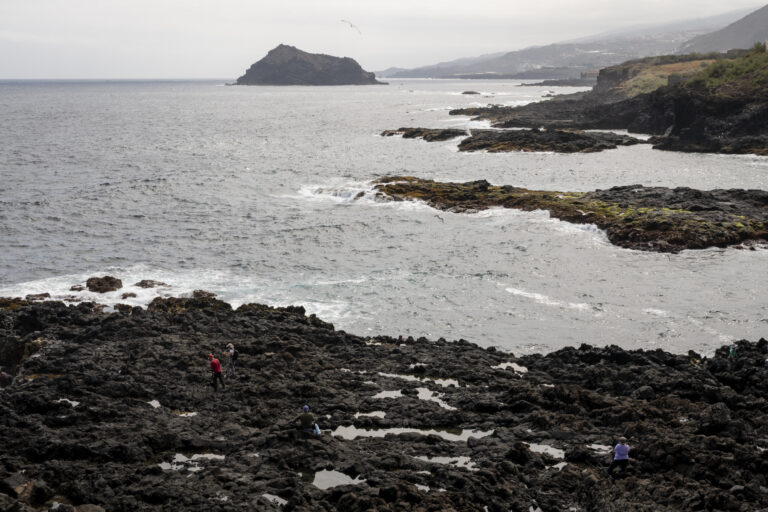
Piscinas naturales de El Caletón
One of the main tourist attractions of our town, the natural pools of El Caletón, were formed by the lava flows that destroyed the port of Garachico during the eruption of the Trevejo volcano in 1706.
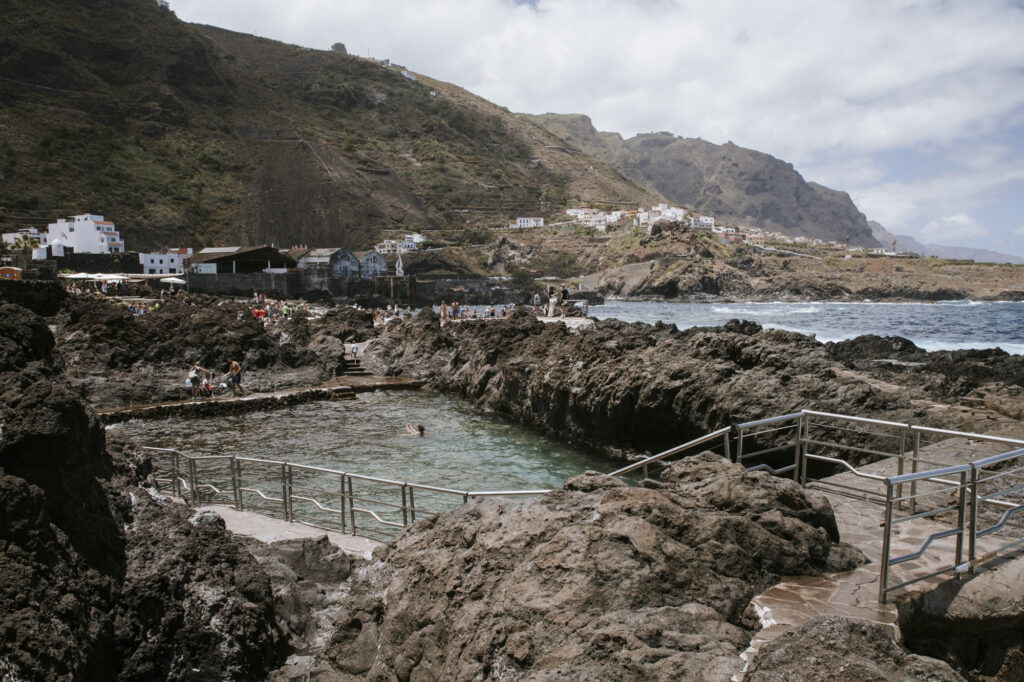
What was once a tragedy in the history of the Villa and Port of Garachico has become one of the favorite spots for both locals and visitors.
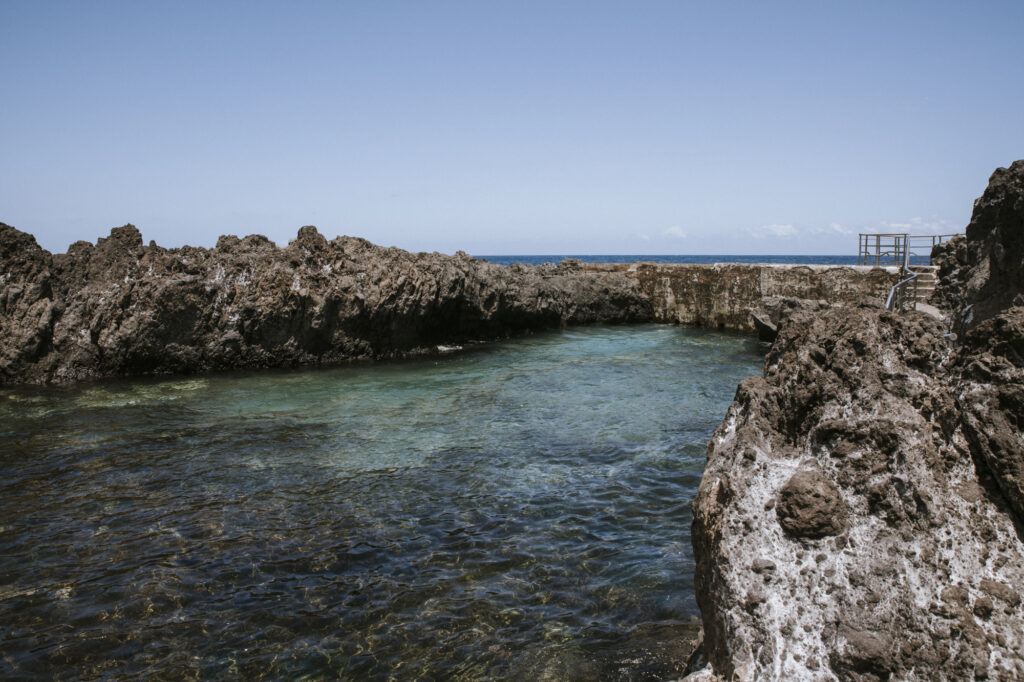
We love walking toward the pools furthest from the entrance, which are usually less crowded, in search of a quieter spot to enjoy a refreshing swim with views of our Roque.
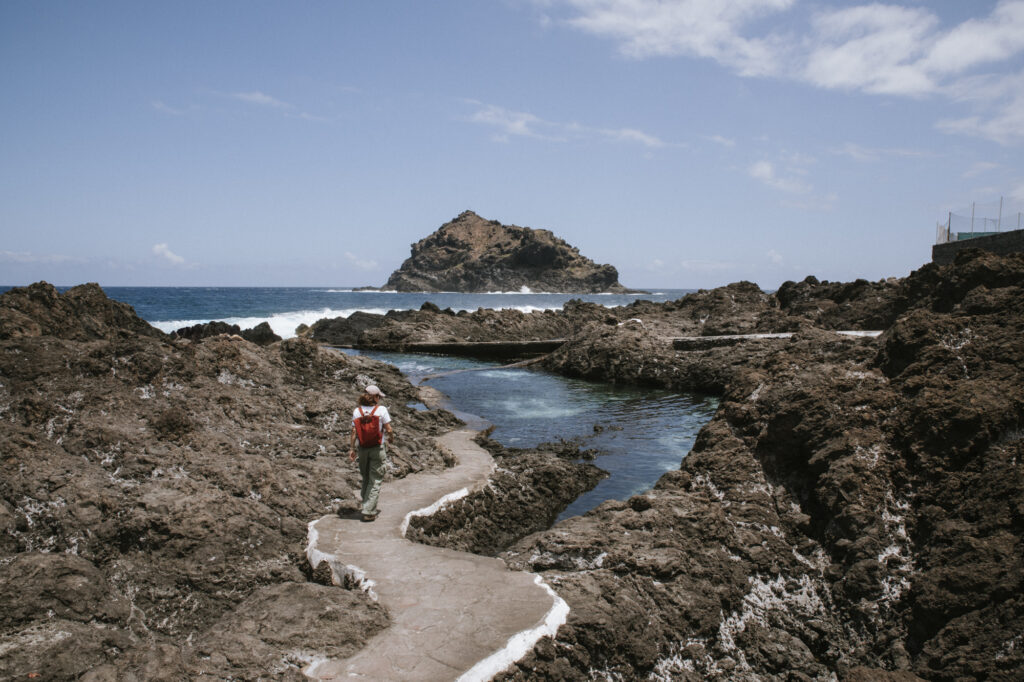
El Guincho
We end this journey a few kilometers from the center of Garachico, in El Guincho — a peninsula of banana plantations that hides one of our favorite spots for a swim.
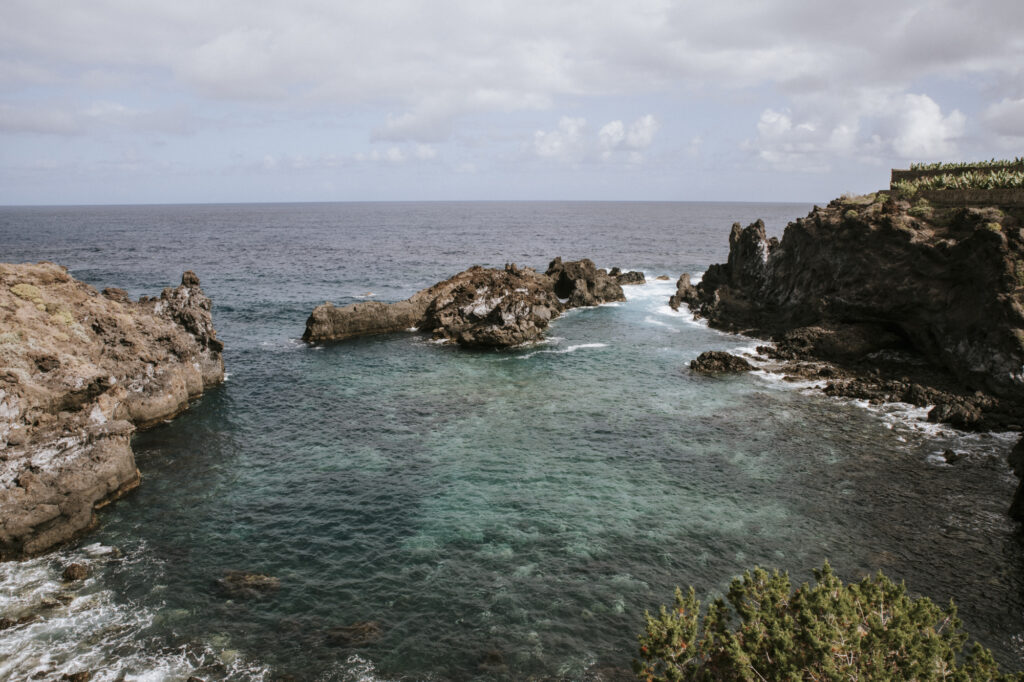
It’s a natural bay with crystal-clear waters and a rocky seabed — a true delight for swimming and snorkeling.
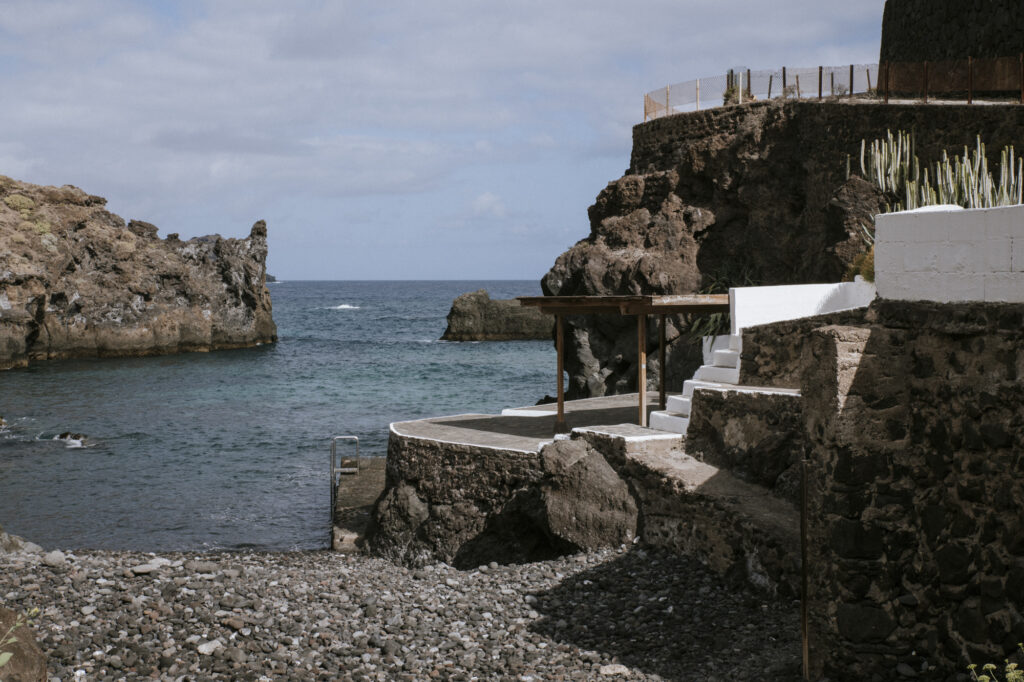
To access this small pebble beach, park your car next to the old school and walk down the dirt path. You can use the rural house La Baja as a reference point.
After descending the trail, you’ll find a small pebble beach and a concrete platform with a shaded area and a sun deck, as well as a ladder into the sea.
Enjoy your swim!
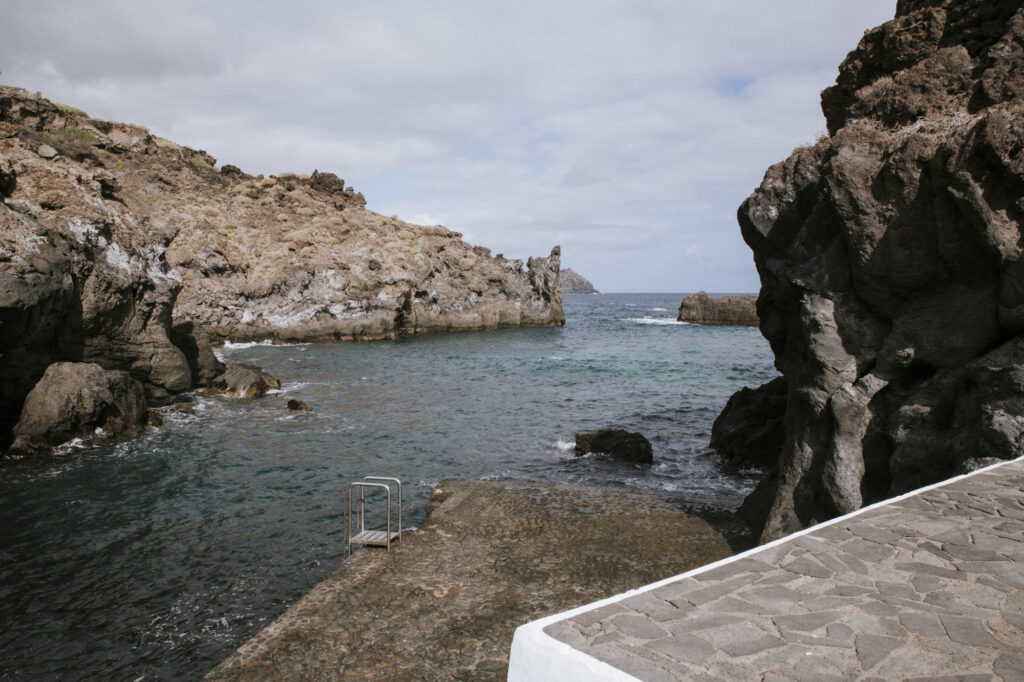
Tips for Safe Swimming
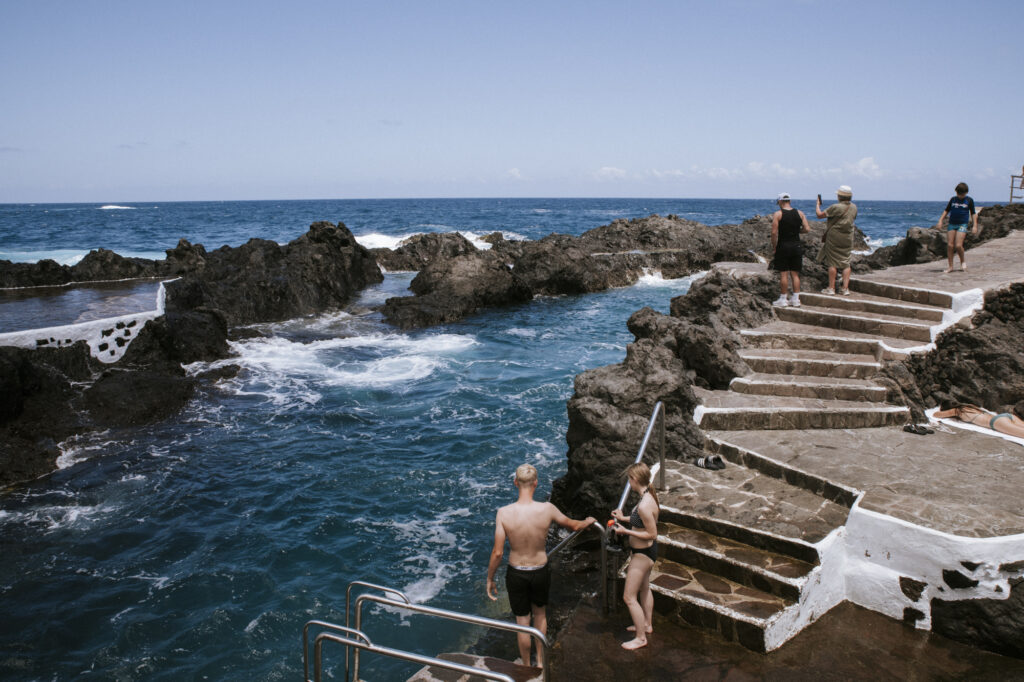
The coast of Isla Baja is wild and untamed, and the ocean can be rough. Before entering the water, please consider these recommendations:
Observe the sea before getting in
The volcanic coast of Isla Baja is exposed to the Atlantic Ocean, and conditions can change quickly. Take a moment to watch the waves, the current, and whether others are swimming.
If the sea is rough or the waves are breaking hard, it’s best to enjoy the view from land that day.
If the red flag is up, do not swim.
Choose natural pools with easy access
To start, go for pools with stairs or adapted entry points, like:
-
El Caletón (Garachico): well-marked and with comfortable entry areas.
-
Charco de la Araña (Los Silos): small, protected, and easy to access from the promenade.
-
Piscinas de la Maceta (Buenavista del Norte): among the safest and most family-friendly.
Wear water shoes
The seabed is rocky and may have sea urchins, slippery stones, or sharp lava. Water shoes help prevent slips and protect your feet.
Never swim alone
If you’re not familiar with the area, go with someone or make sure others are nearby. In case of a slip or strong current, it’s safer with company.
Avoid jumping from rocks
Even if you see locals doing it, don’t jump unless you know the depth, currents, and underwater terrain.
Respect the rhythm of the place
Swimming in these pools is a way to connect with nature. Enter slowly, enjoy the silence, the texture of the lava, and the water’s temperature. It’s a sensory experience.
Take care of the environment
Don’t leave trash, avoid stepping on algae or lichens, and don’t touch marine animals. These ecosystems are fragile and part of the soul of this place.
